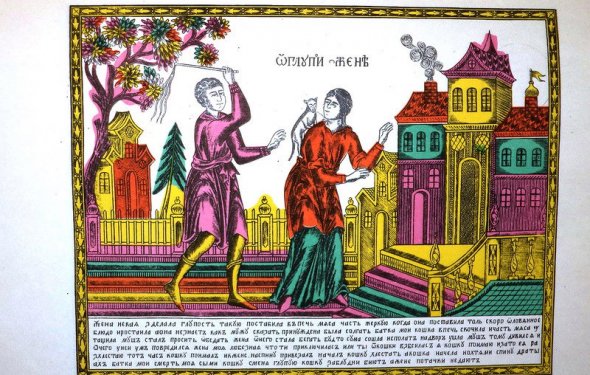Social Advertising History

Here you go. And what they're gonna do is eat. What's gonna happen is drink, not spills." [42]. An example of social advertising may be found by the researcher to be a printed " explanation " to one of Catherine II ' s masquerads, in which the aim was to show " the plight and glory of virtue " . It was supposed to be ridicule, in the teaching of the people, " piano, ignorance, dissent, bludote, generosity, beneath, motto, chastity " .
After the 1917 revolution, the real boom started. social advertisingtransformed into a powerful tool of communist propaganda.
Depending on time, social advertising has been used for various purposes. While the Soviet authorities needed to maintain their own authority during their blossom, the challenges of the Soviet Union had become different.
Since any revolution is intended to change the state system, its outcome is not only political but also social change: it breaks old foundations, new social values.
The Bolsheviks were well aware that if they wanted to stay in power, they needed to confirm their domination and to exclude any possibility of influence on citizens by the opposition. It is for this reason that one of the first decrees of the new power was the decree " On the introduction of a State monopoly on advertisements " . All the information was to be controlled by the Bolsheviks. Other forces to influence the masses were not permitted.However, closing all informal sources of information is only part of the process. It was also necessary to replace old, established values and principles with new ones.
In the pre-revolutionary society, perceptions of good and evil were determined by religion. In a principled Soviet society, the role of a new religion has become a claim of communist morality. It was for this replacement that a social advertisement was needed to promote the transition to a new life. Goodness should have been a class fanaticism, happiness, self-destruction in the name of communism, promotion, sacrifice of personal happiness for the common good.